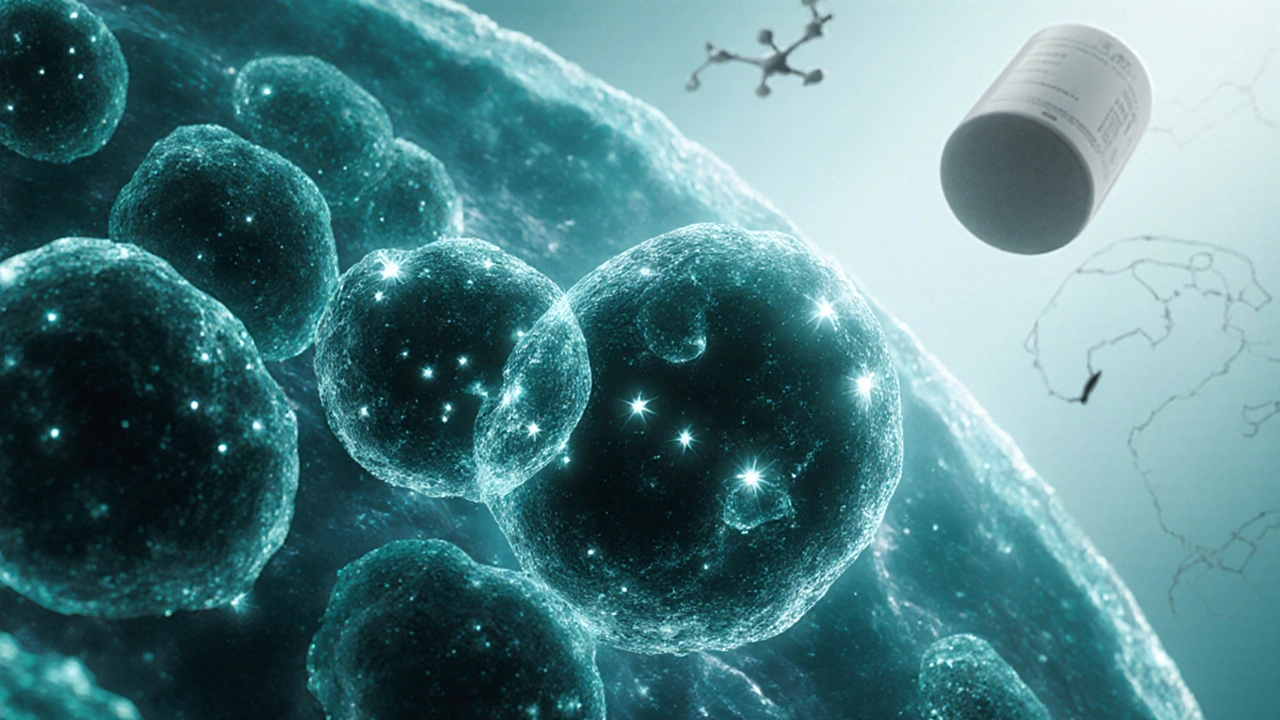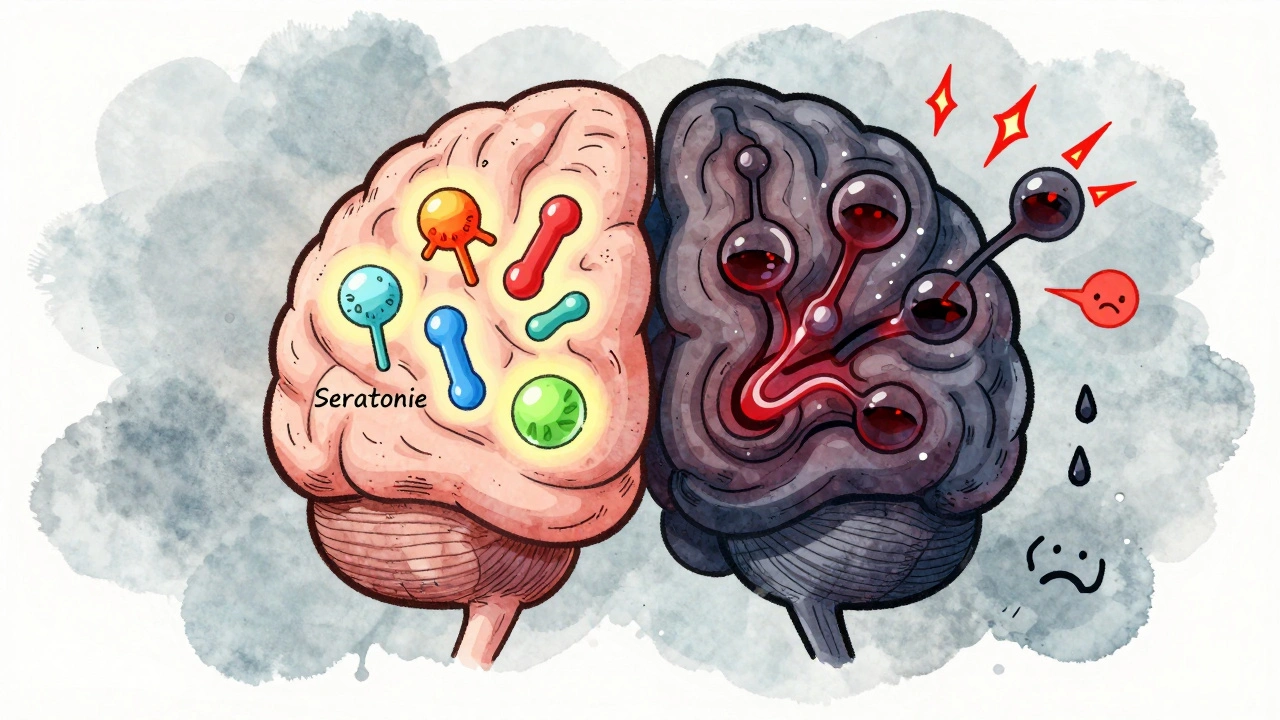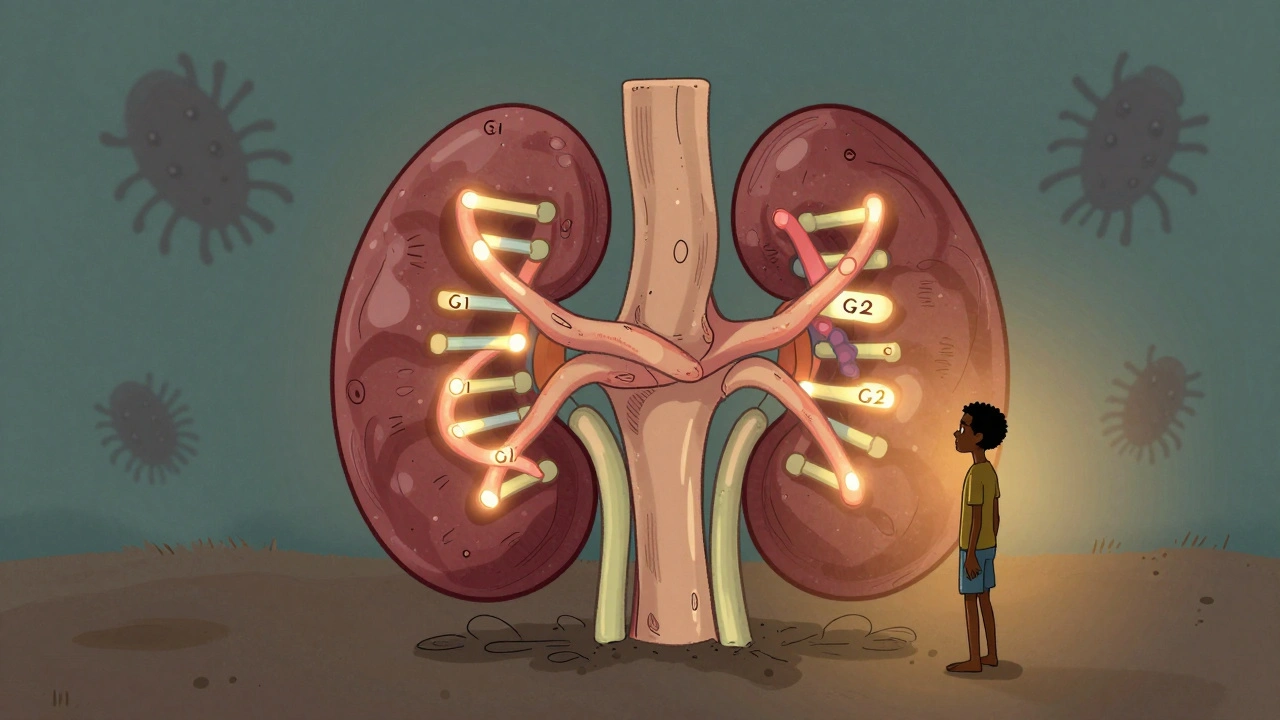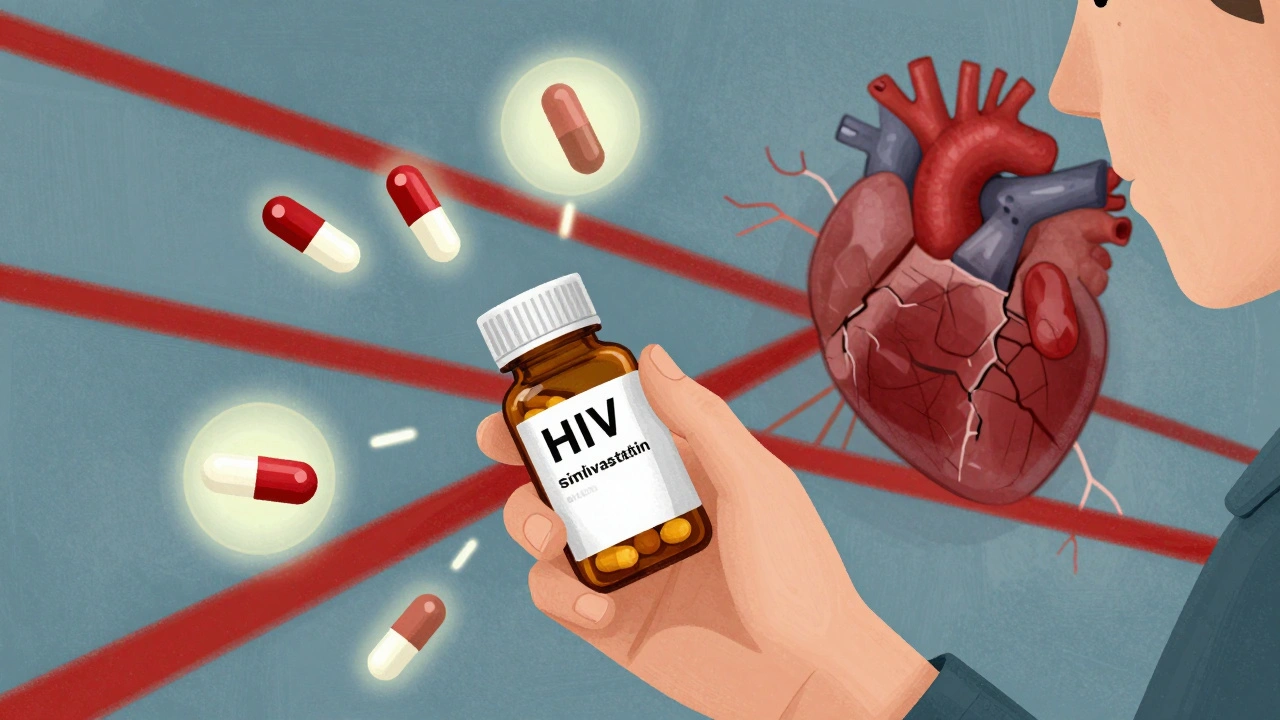CAR T‑cell therapy: what you need to know
When talking about CAR T‑cell therapy, a personalized immunotherapy that rewires a patient’s own T cells to hunt cancer. Also called chimeric antigen receptor T‑cell treatment, it blends genetics, cell biology, and oncology into a single approach that can wipe out stubborn blood cancers.
The core technology hinges on a chimeric antigen receptor, an engineered protein that redirects T cells toward specific tumor markers. This receptor is grafted onto a patient’s T cells, the immune warriors that normally patrol for infections. Once modified, the cells become a living drug, seeking and destroying cancer cells that express the target antigen. Because the therapy uses the body’s own immune system, it falls under the broader umbrella of immunotherapy, which includes checkpoint inhibitors and cancer vaccines.
One key semantic link is that CAR T‑cell therapy encompasses genetic engineering, cell expansion, and infusion steps, forming a treatment pipeline that starts in a lab and ends in a clinic. The process requires a certified manufacturing facility to produce a personalized dose, a step often called “CAR T‑cell manufacturing”. This step connects the lab‑based design of the chimeric antigen receptor with the clinical goal of delivering a potent, patient‑specific immune response.
Why CAR T‑cell therapy matters now
Clinical data show remission rates above 80% for certain leukemias, a stark contrast to traditional chemotherapy’s modest success. The high efficacy comes from the therapy’s ability to bypass the tumor’s usual defenses, such as antigen loss or immune checkpoint activation. However, this power brings risks: cytokine release syndrome and neurotoxicity can be severe, demanding close monitoring in specialized centers. The trade‑off highlights the need for thorough patient selection and managed care pathways.
Beyond blood cancers, researchers are testing CAR T‑cell therapy against solid tumors like glioblastoma and pancreatic cancer. These trials explore new receptor designs that recognize tumor‑specific antigens while sparing healthy tissue. The effort illustrates a broader trend: integrating CAR T‑cell therapy with other immunotherapies, such as checkpoint inhibitors, to overcome the physical barriers of solid tumors.
Our tag collection gathers articles that cut across this landscape. You’ll find practical guides on navigating treatment costs, safety checklists for managing side effects, and deep dives into the science behind T‑cell activation. Whether you’re a patient, caregiver, or health‑care professional, the posts below give you actionable insights—from understanding insurance coverage for CAR T‑cell therapy to decoding the latest research on next‑generation receptors.
Ready to explore the full range of information? Scroll down to see detailed pieces that walk you through each stage of the therapy, address common concerns, and keep you up‑to‑date with the newest breakthroughs. This curated set aims to turn a complex, cutting‑edge treatment into clear, usable knowledge.

How Immunotherapy is Transforming Leukemia Treatment
Explore how immunotherapy-CAR T cells, checkpoint inhibitors, and monoclonal antibodies-revolutionizes leukemia treatment, its benefits, risks, and future prospects.





